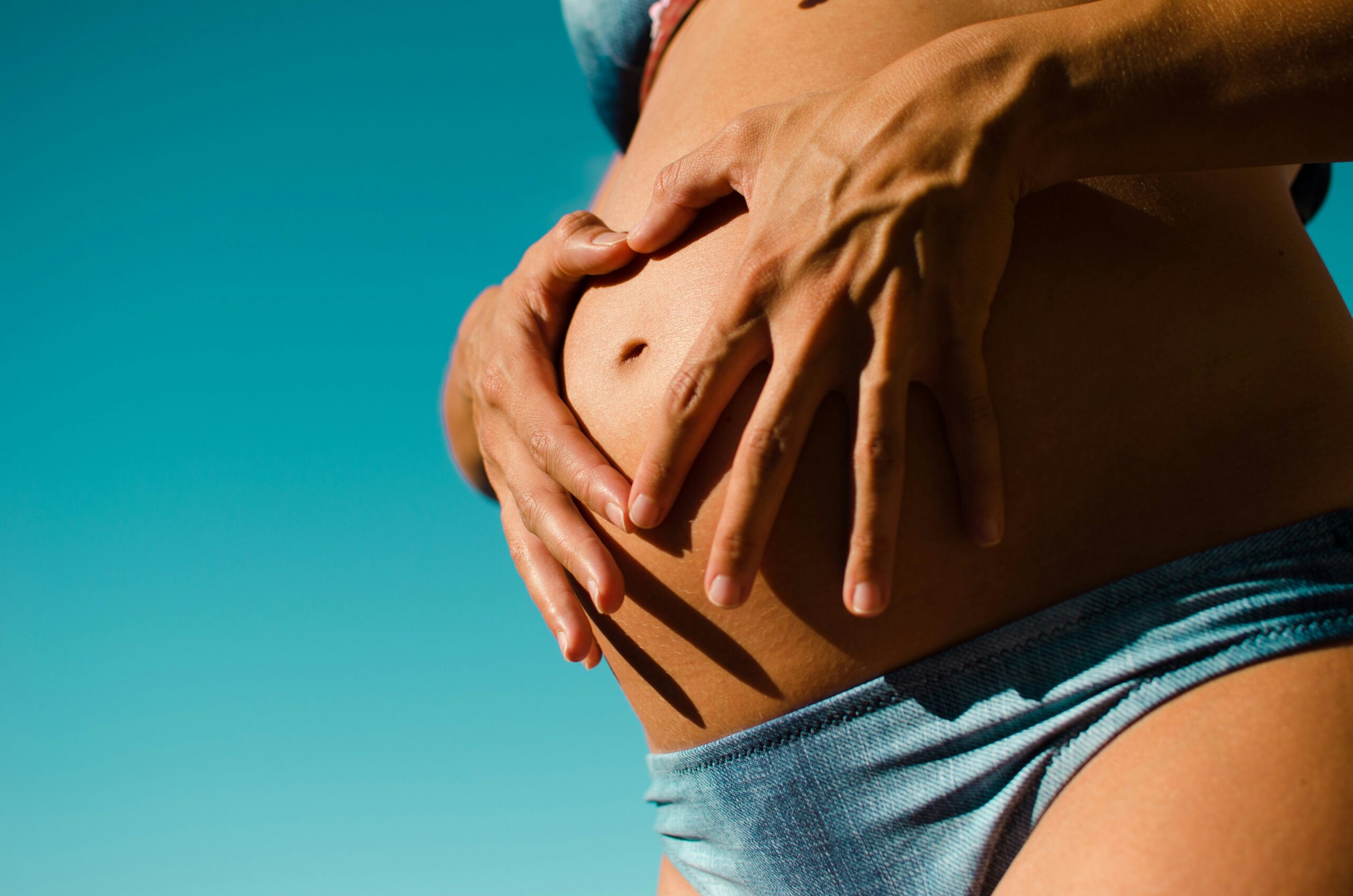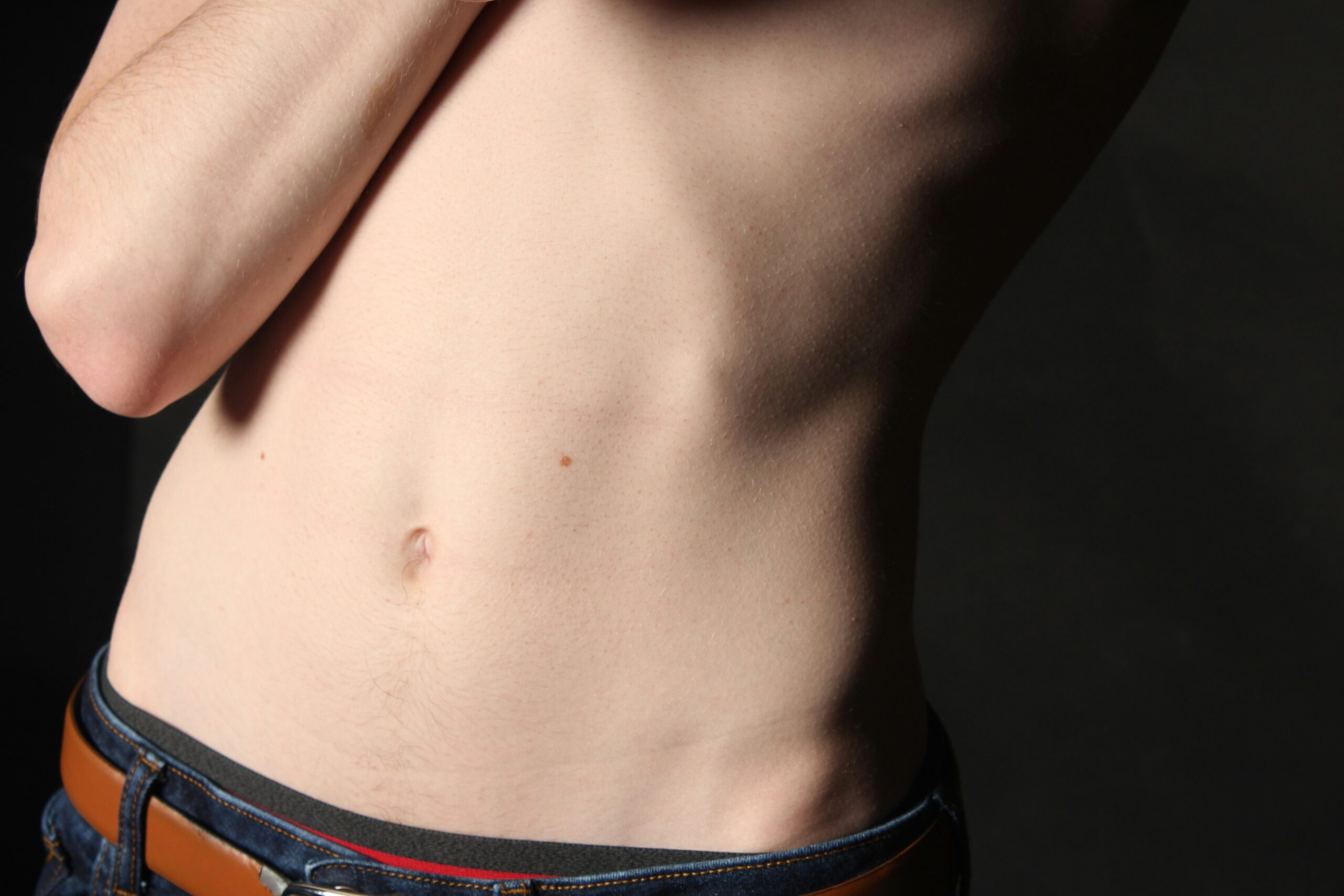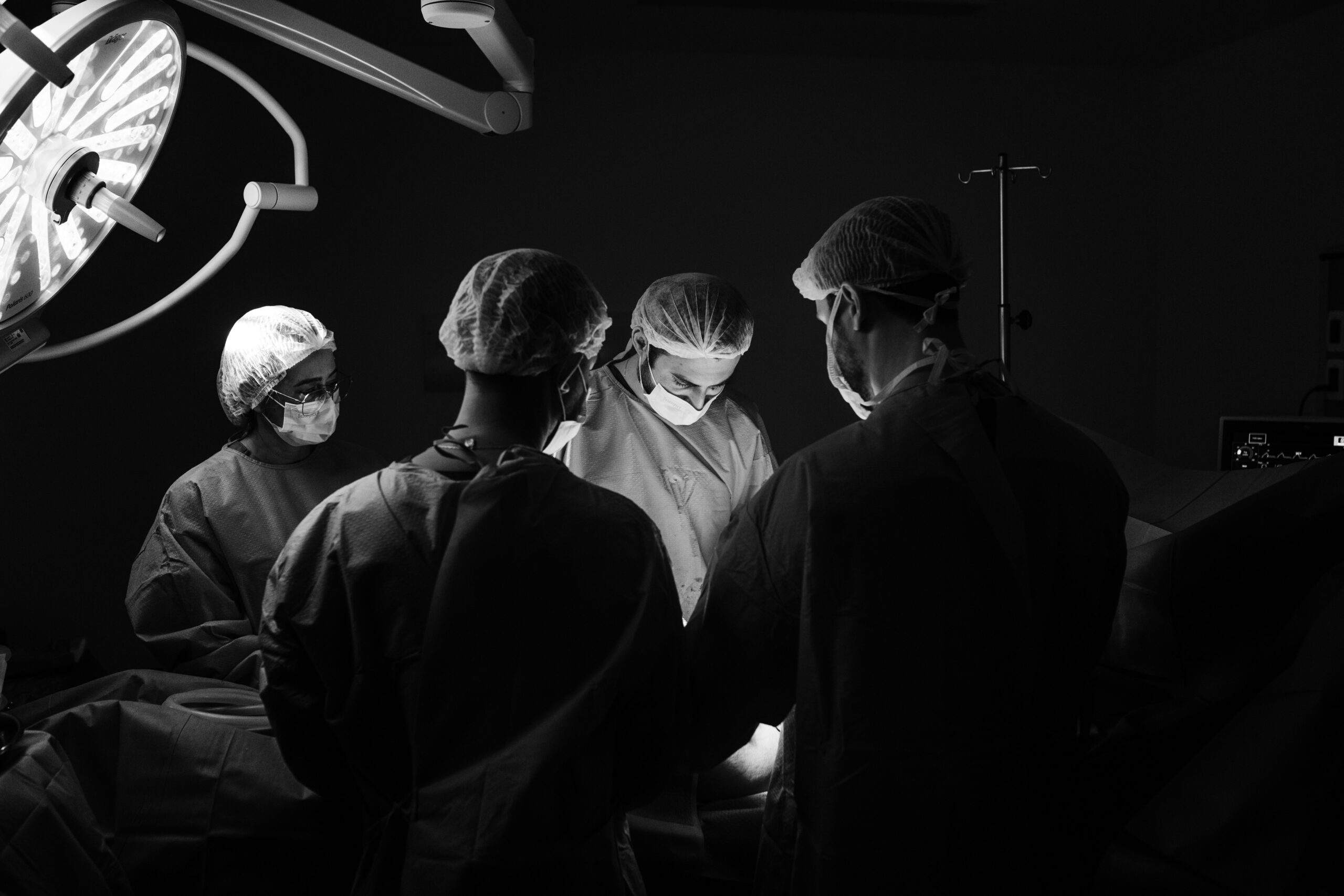Abdominal plastic surgery is called a tummy tuck. This procedure removes excess fat and skin folds. Abdominal skin may become redundant following pregnancy or significant weight loss. Abdominal etching removes excess skin and fat from the area around the abdomen. It tightens the abdominal wall, so, unsurprisingly, patients who use this service find aesthetic results quite salient.
The surgical tummy tuck method is determined based on the patient's conditions and medical indications. The procedure involves cutting into the sagging abdominal skin and excising excess skin. Aesthetic treatment of the abdomen is another demanding type of plastic surgery, and a patient needs to be certain they want it. The doctor conducts a thorough checkup before operating, analyzing skin stretch capacity, excess weight, and fat.
It is an invasive procedure that comes with multiple complications. Some other contraindications that forbid the surgery. Specific medical exams based on the patient's history should be made well in advance to determine if any diseases prevent the patient from undergoing surgery. Surgery is a big deal, and patients require time to recover. Therefore, providing post-operative care and, at the same time, following the instructions from the doctor in charge so that there are no complications is also important. Learn more about tummy tuck.

Early forms of surgical abdominoplasty date back to hernia correction and skin removal in large, sagging abdomens. Instead, a full sheet of skin was removed (so the abdominal skin was not raised as a flap). Yes, they were performing abdominoplasty techniques in 1870. Initial approaches to correcting abdominal deformities were fraught with significant risk. Due to other issues with anesthesia and the safety of infection at that time, surgical intervention was not advisable.
As general surgical principles to enhance the safety of this operation were mastered, the safety of this procedure became widely accepted. Bariatric surgery![]() has gained popularity recently, and abdominoplasty plays a significant role in helping these patients with their excess abdominal tissue post-weight loss.
has gained popularity recently, and abdominoplasty plays a significant role in helping these patients with their excess abdominal tissue post-weight loss.
This surgery is done for functional and aesthetic purposes. An abdominoplasty procedure is designed to obtain a beautiful abdomen and may include direct excision and liposuction techniques. The process removes skin and fat in the abdomen while at the same time tightening the muscles of the abdominal wall. A tummy tuck is an area of the abdominal torso where surgeons intervene. The lower abdomen is a broad term that relates to the region between the bottom of the breast and the peak of the pelvis.
Abdominoplasty is a functional and aesthetic surgical procedure for the anterior abdominal wall (skin, subcutaneous fat, fascia, and muscle). In the following century, multiple surgeons have delineated various abdominoplasty procedures to create an improved contour and camouflage the rest where the scar remains. Different techniques can be used to perform abdominoplasty operations. Most techniques hinge on making an incision in the lower abdomen and expanding skin from the upper abdomen to cover this defect. Liposuction will also be an excellent adjunct to surgery.
Abdominoplasty offers a host of reasons to try this treatment. The reasons for wanting a surgical enhancement of the abdomen may differ between men and women. Before any surgery is considered, surgeons must take a thorough history and determine the expectations of patients who are ideal candidates for tummy tuck surgery. Abdominoplasty is not performed on patients with very little or no fat and no abdominal wall laxity; only liposuction will suffice in such patients.
Conversely, the tummy tuck procedure is meant for patients with some subcutaneous fat and moderate abdominal wall flaccidity, most prominent in the lower abdomen. In such a case, mini-abdominoplasty![]() can be done. Full tummy tuck surgery is appropriate for patients with excess lax skin, fat, and weakness of the abdominal wall. Here are the indications that make the patients move forward with this type of surgery.
can be done. Full tummy tuck surgery is appropriate for patients with excess lax skin, fat, and weakness of the abdominal wall. Here are the indications that make the patients move forward with this type of surgery.

After a pregnancy, women go through all sorts of changes body externally. Carrying a child is a very high-stress condition. That means a woman may not return to her state before pregnancy or after treatment. After the time of pregnancy, lots of patients may be unhappy with their bodies. After pregnancy or following multiple pregnancies, patients may perceive significant sagging of the skin and abdominal wall as unbecoming. Tummy tuck restores their confidence so the women can regain their figure's appearance as it once was.
The skin on the abdomen can also become saggy, especially after significant weight loss. Patients also consider excessive skin after weight loss to be unsightly. Surgeons face even greater challenges in the operating room when they are forced to contend with sagging skin caused by various forms of weight-loss intervention, especially after massive weight loss. Patients in this category performing surgery may need other supplementary procedures to elevate areas on the thighs, back, arms, and flanks to preserve complete body balance. Numbers were better among patients with a lower BMI![]() . Instead, the patients who had diabetes, a common sequela of having previously been obese, appeared to be more likely to develop complications.
. Instead, the patients who had diabetes, a common sequela of having previously been obese, appeared to be more likely to develop complications.
Prior surgery in the peritoneal cavity will also lead to an altered skin look in this region. Due to performing so many surgical procedures, the patients may have redundant skin tissue with an excessively flabby quality. A tummy tuck may be performed in these patients if there are no contraindications and enough time has passed after the last surgical procedure.
In some cases, the older generation has also performed a tummy tuck. With time, the skin around the abdomen also loosens and sags, which is not acceptable to some people. That is why the excess skin in seniors is excised, although it occurs less frequently. However, I want you to remember that senior citizens are at a slightly greater risk for complications due to age.

A patient must meet specific criteria to be deemed eligible for a tummy tuck. The surgeon must check the patient's condition before performing the operation. Abdominoplasty is an extensive, serious, invasive operation with risk levels. This means its performance is not accessible to everyone. Full-on plastic surgery isn't for everyone. The medical and surgical history needs to be considered.
Patients with advanced cardiovascular disease and poor associated clinical conditions are not good candidates for this procedure. For some reasons, like anesthesia, heart-related problems can be a barrier in the way of planned abdominal surgery. More so, this anesthesia can already cause cardiac arrhythmia or, in some extreme cases, also heart failure.
Also, a blood clotting disorder can make abdominoplasty more complex or even impossible, just like any other surgery. Patients such as these are susceptible to prolonged bleeding appearance, poor clotting efficiency, and belly internal blood loss. Another notable condition that may disqualify a patient seeking a tummy tuck could be hypertension.
If there is liver disease, the risk of complications is greater. Many decades back, it was already described that patients having cirrhosis, when subjected to surgery, carry a mortality risk, which is substantially increased along with significantly greater numbers of post-operative complications compared to patients without cirrhosis. Thus, tummy tuck is not recommended for patients with serious diseases such as cirrhosis.
Diabetes is another problem that can keep you from having an abdominoplasty. That's an issue because slow wound healing and recurring skin infections are among its symptoms. There may be an exclusion from abdominal surgery since this treatment leads to a huge scar. Surgery in patients with poorly controlled diabetes should be delayed until serum blood glucose levels are under control.

While many obese patients are those who would like to reap the benefits of a tummy tuck, it cannot be performed in the very advanced state of obesity. One of the simple primary requirements for this process is having a suitable weight excluded via the doctor's means. For localized overweight or obesity, doctors generally recommend liposuction. However, a tummy tuck is used post-weight loss. However, tummy tuck is not a weight loss plan and will not replace diet and exercise.
Abdominoplasty primarily depends upon good blood supply; hence, smoking is highly damaging. For this reason, many plastic surgeons view smoking as contraindicated to the procedure. Most doctors won't do this in smokers because nicotine endangers the regeneration process. Such patients can have the surgery, but during the planning of the operation, we must remember that smoking should be reduced or stopped at least 4 weeks before the surgery date. Smoking is best avoided in the weeks leading up to and after the surgery.
Abdominoplasty is a very invasive procedure on the human body, which will come with some complications. That depends on the specific surgery and how medically compromised that patient was. When deciding whether to have the operation, remember that complications can happen. Predictable symptoms, such as bruising in the operated area, swelling, and temporary pain, are expected and should not cause concern. This is a natural process in the outcomes of an invasive medical procedure. However, the indications will vanish all alone in some time.
You don't want hematomas to be a concern. The reasons may be wrong control of bleeding from blood vessels at the edges of a wound, detaching a suture from a large vessel, and disorders of blood coagulation usually caused by drug administration. These are postoperative complications of wound healing, which occur most frequently within the first day after surgery.
The clinical presentation of hematoma is dependent upon volume. It can be entirely asymptomatic if small enough, while if larger, it presents with swelling, local pain, and petechiae. Hematomas are a relatively common post-operative complication, and if large enough, can cause necrosis![]() of the flap due to loss of blood supply or secondary infection. It can rip the flap apart and kill you. Thus, the complications require medical help and the implementation of suitable treatment.
of the flap due to loss of blood supply or secondary infection. It can rip the flap apart and kill you. Thus, the complications require medical help and the implementation of suitable treatment.

The most frequent complication after abdominoplasty is serous fluid accumulation beneath the abdominal flap. It can happen right after surgery but manifest in the later healing stages. Usually, seroma might exist with tissue swelling and sometimes bruising and inflammation. The person may have a high temperature and an increase in heart rate. Starting physical activity too soon after the event or trauma is the most common cause of culprits. Time heals all wounds, but self-care is important after something as invasive as a tummy tuck.
Infections are another more frequent complication that can occur after abdominoplasty. The most common sign is inflammation of the area chosen, which typically appears as an increase in redness, swelling, tenderness, and local temperature. In the case of advanced infections, there could also be exudate and systemic symptoms.
It is well-known that any infectious process can come from immunocompromised states, malnutrition, and diabetes. Infection risk seems to be higher in obese and overweight patients, especially with abdominoplasty. Many Escherichia coli![]() and Enterococcus faecalis
and Enterococcus faecalis![]() infections were mostly noted, which may be due to the absence of hand hygiene from some patients. In those cases, you will need antibiotic therapy.
infections were mostly noted, which may be due to the absence of hand hygiene from some patients. In those cases, you will need antibiotic therapy.
The most serious complications for post-abdominoplasty are systemic complications. In most deaths, massive pulmonary embolism has been implicated. The deep vein thrombosis risk is also amplified when we combine this procedure with other abdominal surgeries simultaneously. In comparison, the number of reports of fat embolism after abdominoplasty is much lower.
Abdominoplasty (tummy tuck) is a major operation and has the potential for significant morbidity. Therefore, risk factors must be identified so patients can be educated regarding post-operative management principles. This means indirect repair through the neck may ultimately cause some damage to the patient's abdominal pattern, and thus, subsequent recovery will naturally take care of itself;
However, expect to be responsible in following medical advice—no sports for a few weeks after the procedure. Part of the recovery process is gradually returning to daily life. Eating correctly and easily digestible during the first days after surgery is also important. Smoking cigarettes and drinking, particularly in the very first weeks after surgery, should be stopped both previously as well as afterward.
With appropriate patient selection and performed by experienced hands, most patients remain satisfied after abdominoplasty. However, patients must be made aware of the lifestyle changes that will prevent fat from being redeposited in the abdomen.